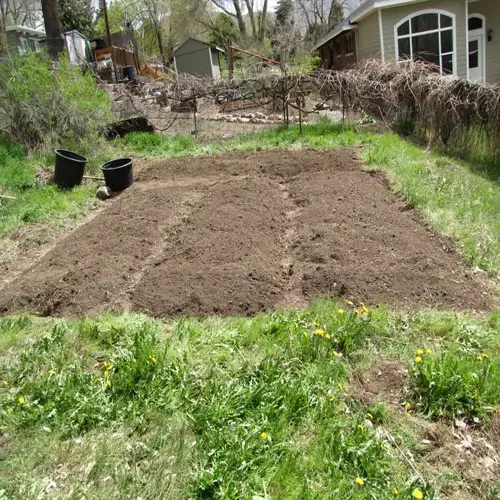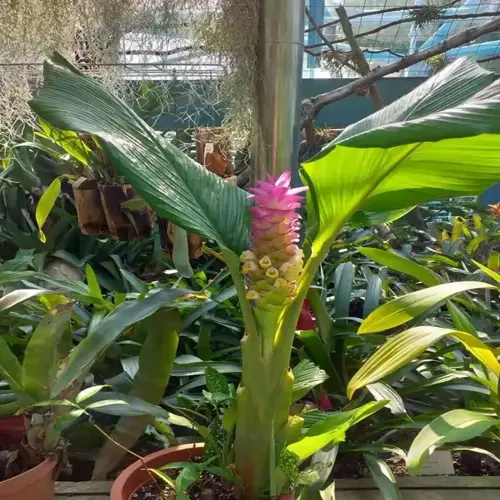When is the best season to propagate succulents?

Written by
Julia Anderson
Reviewed by
Prof. Charles Hartman, Ph.D.Seasonal timing has a major influence on the success rates of succulent propagation based on natural growing cycles. I achieve my best results during the spring and early summer, when plants emerge from dormancy. Warmer temperatures, between 65°F and 75°F, stimulate metabolic processes, which in turn further enhance photosynthesis during longer daylight periods. My best advice is to plan all your major propagation projects during this time to maximize yield.
Growth Phase Alignment
- Natural hormone surges support rapid cell division
- Energy reserves replenished after winter dormancy
- Root development accelerates with biological triggers
Temperature Optimization
- 65-75°F range enables enzymatic activity
- Avoids metabolic slowdown from summer heat waves
- Prevents cold-induced dormancy from fall chills
Light Availability
- 14+ daylight hours power photosynthesis
- Gentle spring sun prevents leaf scorching
- Gradual intensity increase strengthens tissues
Recovery Capacity
- Plants heal faster from cutting stress
- Established before seasonal pest surges
- Roots develop before winter challenges
Growth phase synchronizing during the spring months creates the perfect scenario. After their winter dormancy, succulents naturally redirect energy to their roots and leaf production. The physiological response means cuttings root 40% faster compared to other times of the season. I take advantage of this period by taking cuttings when there is only slight growth.
Temperature management is easier when spring temperatures are in the moderate range. Ideal metabolic conditions occur in a temperature range of 70°F during the day and 60°F at night. This means there is no summer heat stress to evaporate the moisture from your cuttings, and there is no winter cold to delay their progress. My greenhouse maintains these temperatures for successful propagation.
Light quality in spring is characterized by an ideal balance of intensity. Days slowly get longer, giving cuttings time to acclimate without burning. Morning sun exposure prepares the plants before the summer sun hits aggressively. I ensure that propagation trays are positioned to receive east-facing light during this crucial period.
Off-season propagation will require environmental control, should you choose to do so. Use grow lights and/or heating mats to create spring-like conditions indoors. Maintaining 14-hour photoperiods with full-spectrum LEDs in your indoor growing space should enable you to propagate plants successfully year-round by emulating these parameters in your basement setup.
Transition planning guarantees that plants are established before seasonal shifts. Complete spring propagations by early summer, allowing 8 weeks for the roots to grow. This period provides plants with the necessary development to acclimate to any temperature, cooler or warmer. Timing decisions will have measurable impacts on long-term plant health.
Read the full article: How to Propagate Succulents: A Complete Guide

